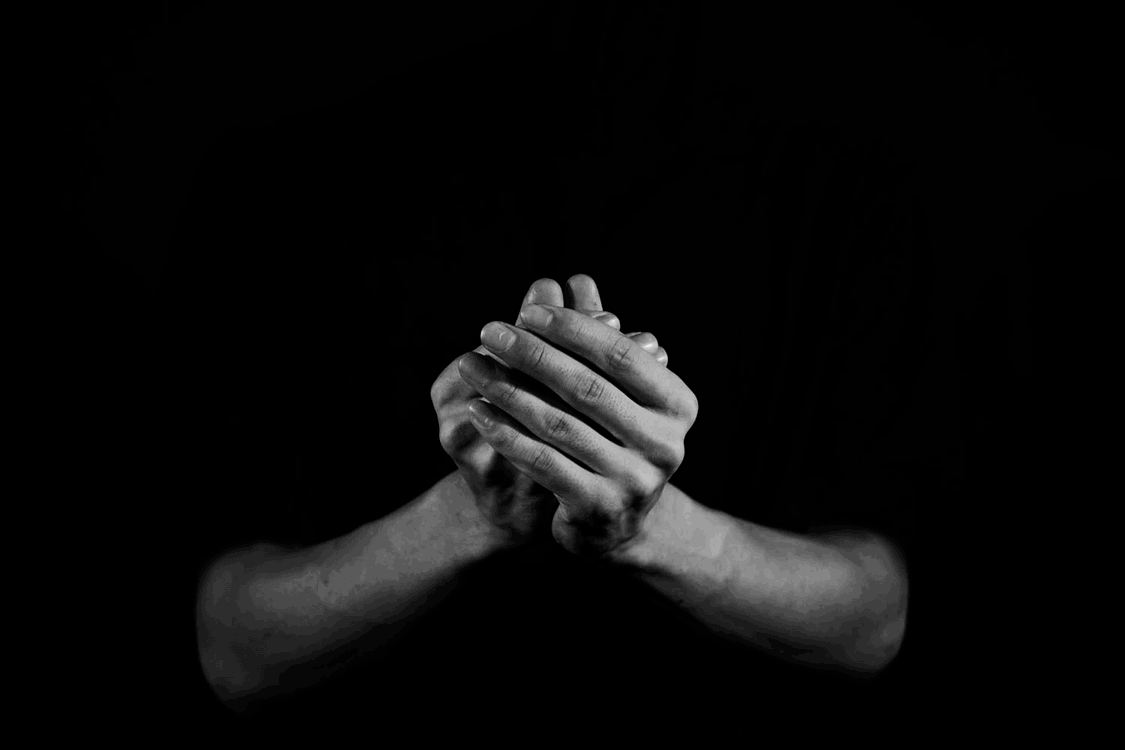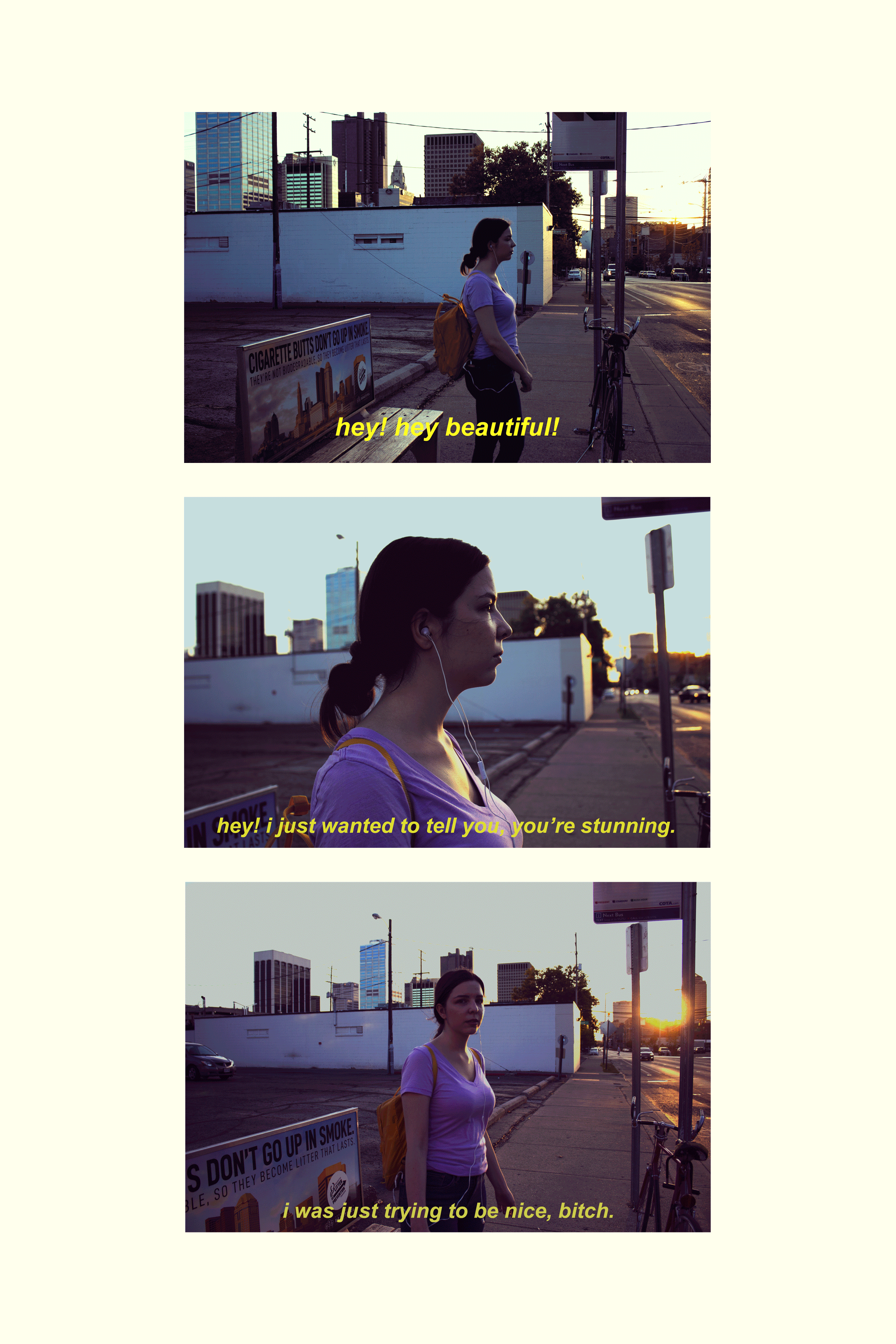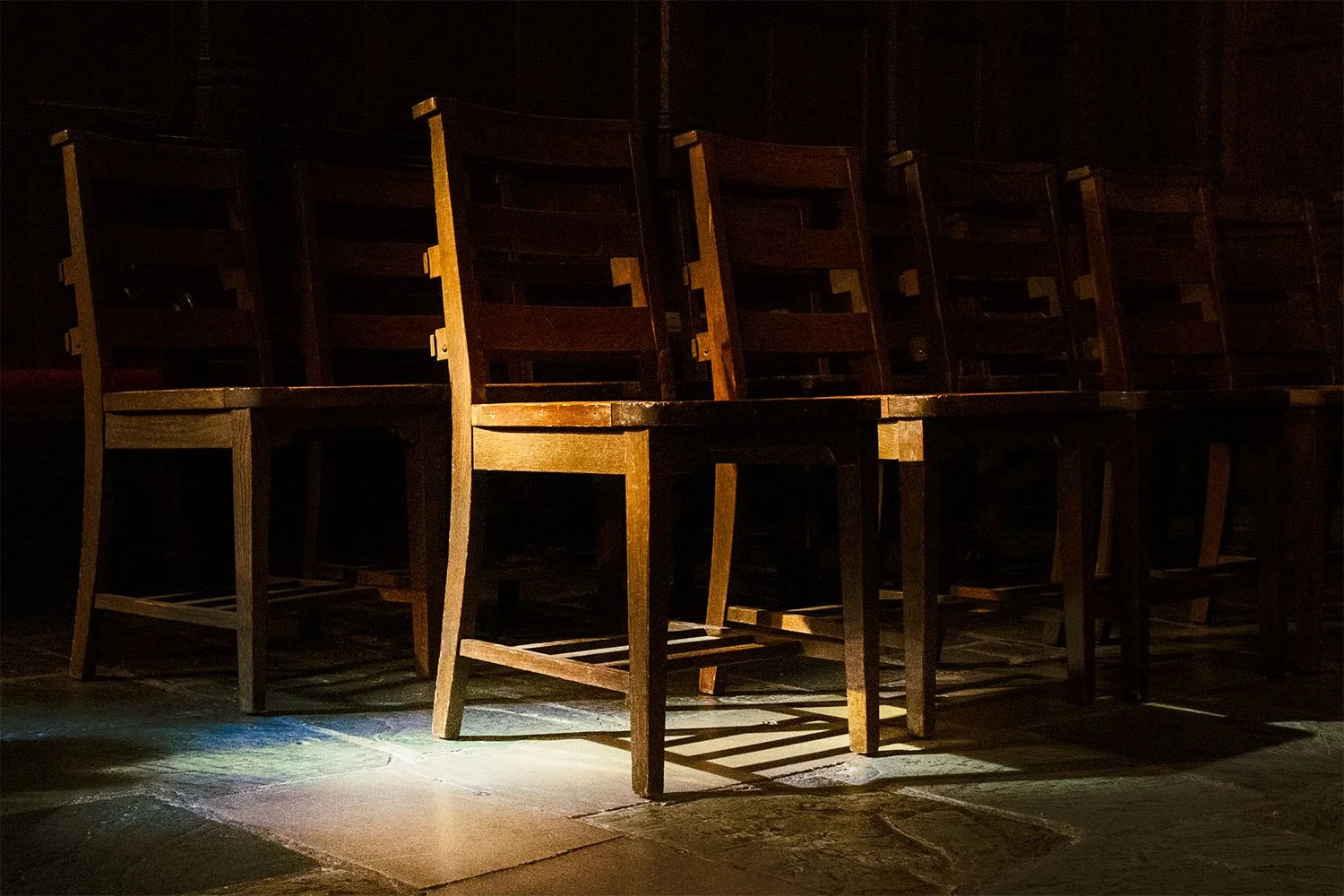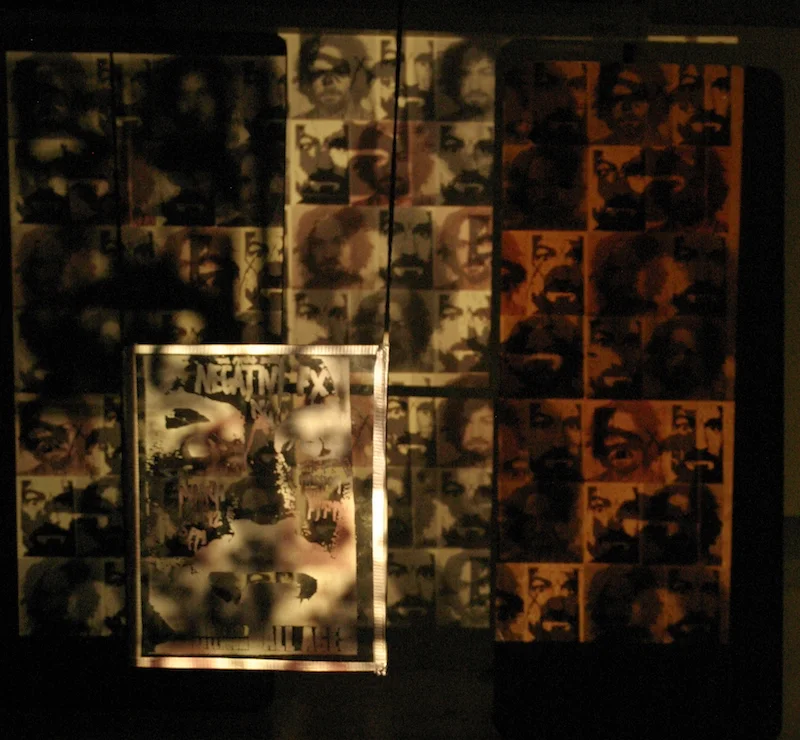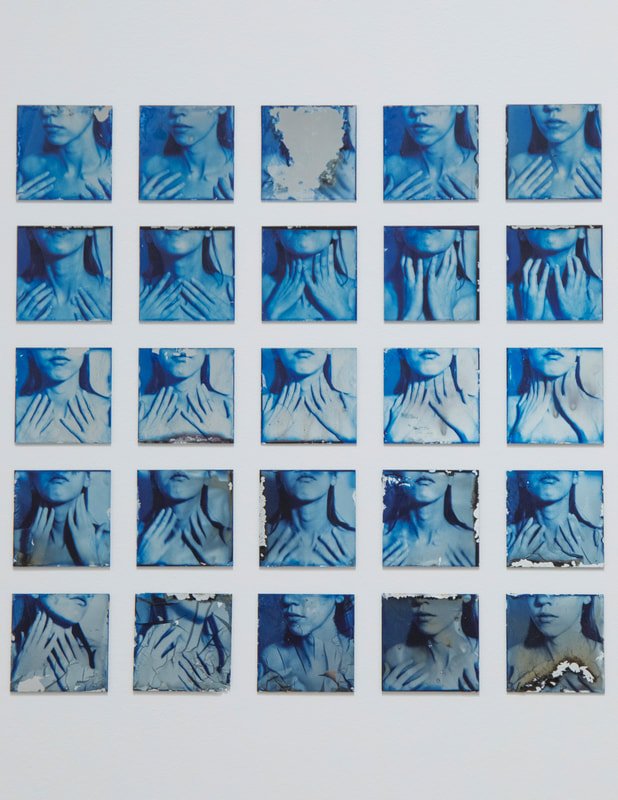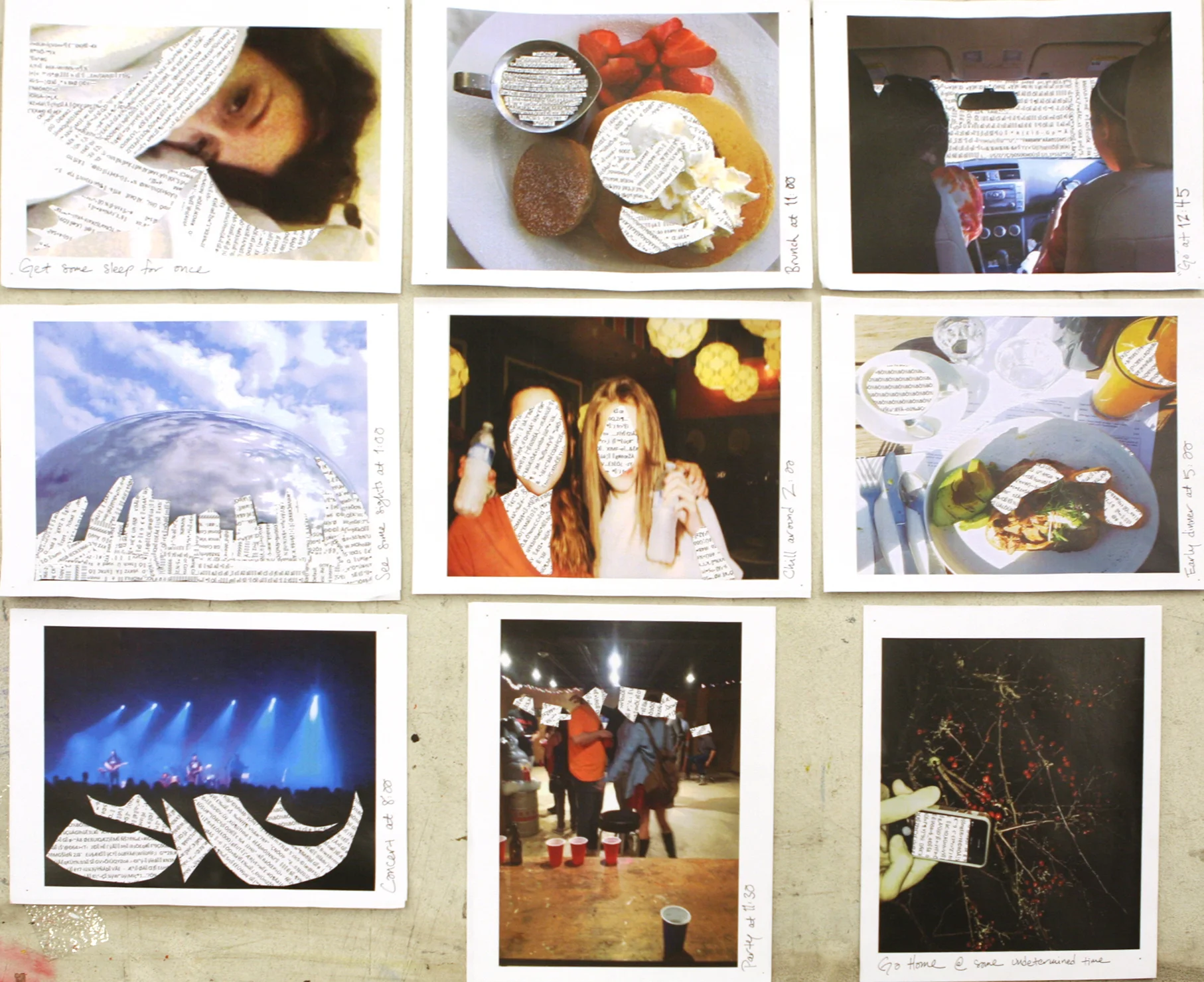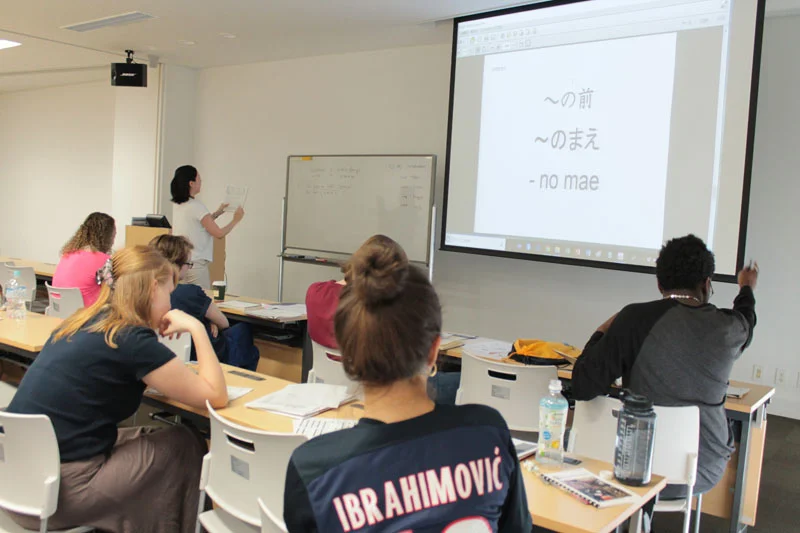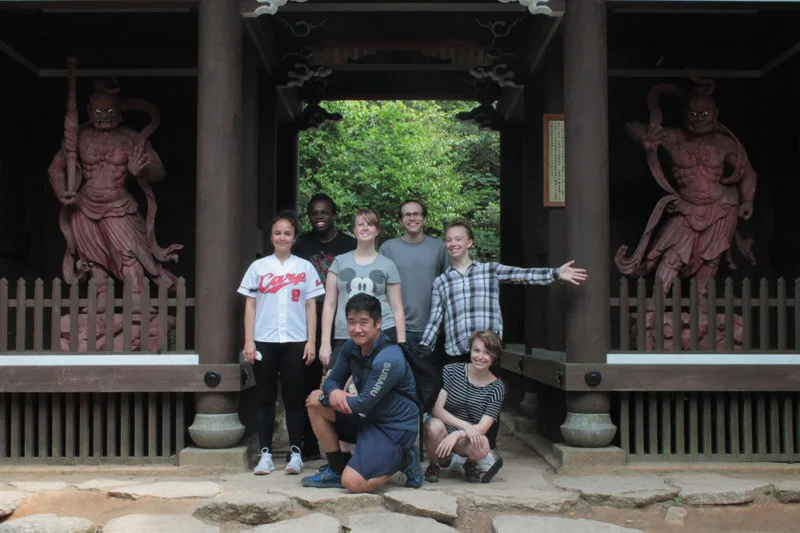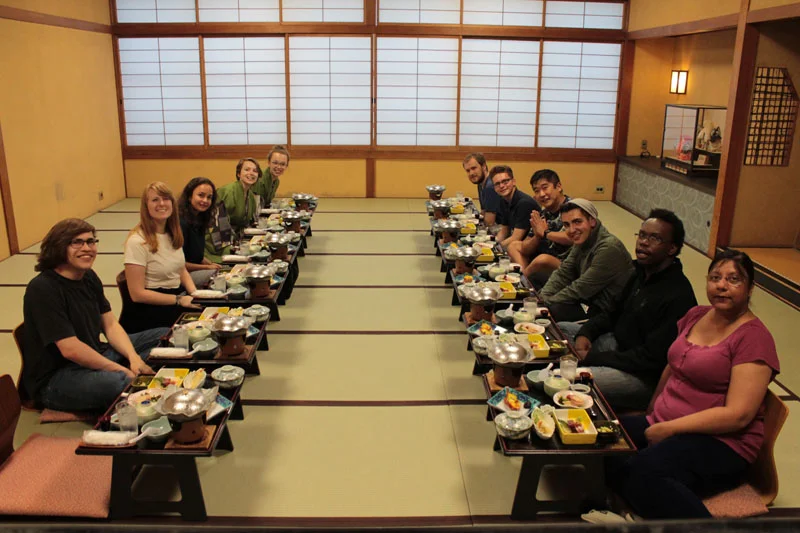Strange Encounters: Rethinking Place [Encuentros extraños: repensando el lugar]
Curso corto y exhibición con Darren Lee Miller, Profesor visitante y Artista residente
Este seminario de exhibición estuvo abierto a todos los estudiantes de artes visuales que trabajan en distintos medios. Como parte del objetivo del curso, se requirió a los alumnos reflexionar en su proceso de creación artística y hacer trabajos nuevos y experimentales, desde el marco de la teoría postcolonial y las teorías de género y queer. Propuse a los estudiantes la tesis de que los constructos teóricos antes mencionados tienen varios puntos de intersección: en cómo usamos nuestros cuerpos para performar(nos), en la extraña familiaridad de las relaciones de poder desiguales, en las (re)contextualizaciones fantásticas de objetos ordinarios, en la (re)presentación de viejas alegorías al servicio de problemas contemporáneos, en los efectos globales del cambio climático y en el (re)conocimiento de jerarquías de raza, clase, nacionalidad, etnicidad, género y sexo. Una y otra vez, los estudiantes preguntaban: ¿Cómo consideramos la teoría postcolonial cuando de hecho, aún somos sujetos coloniales?”.
La clase se reunió en solo cinco ocasiones. Una de las sesiones consistió en visitar la 4ta Trienal Poligráfica en el Museo del Arsenal de la Marina en Viejo San Juan. Dedicamos otra clase a una crítica grupal intensiva de las primeras etapas de los trabajos que verán en esta exhibición. En las otras tres reuniones, se les requirió a los estudiantes leer minuciosamente varios textos teóricos y hacer trabajos de improvisación inspirados en los discursos o respondiendo a ellos. Asimismo, presenté imágenes de las obras de 5 a 6 artistas, cuyos temas estaban relacionados a las lecturas asignadas. He aquí los temas y artistas estudiados, seguidos por las lecturas discutidas:
Lunes, 1 de febrero: Intervenciones performáticas. Artistas: Nao Bustamante, Coco Fusco, Yoko Ono, Genesis Breyer POrridge, Ai Weiwei, Yinka Shonibare
Martes, 2 de febrero: Objetos encontrados (ready-made), instalaciones. Artistas: El Anatsui, Tara Donovan, Pepón Osorio, Cornelia Parker, Félix González Torres
Jueves, 4 de febrero: Secuencia temática, narrativa, alegoría/simbolismo. Artistas: Alison Bechdel, Zanele Muholi, Kiki Smith, Kara Walker, Kehinde Wiley
Reconocimientos: Este curso y exhibición fueron posibles gracias a la generosa ayuda de Fernando Paes, Quintín Rivera, Luis (Rey) Chárriez, Javier Maldonado, Yamilet Álvarez, Carlos Ruiz, Jaime Santiago Cajigas, el Comité de Personal de Facultad del Allegheny College, y todos/as en el Departamento de Bellas Artes de la Universidad de Puerto Rico.
Lecturas del curso:
"The End of the World". "The End of the World". Hyperobjects: Philosophy and Ecology After the End of the World. University of Minnesota Press, 2013. Pp.111-118. Web.
Bhabha, Homi. "The World and the Home". Social Text 31/32 (1992): Pp.141-152. Web.
4th POLY/GRAPHIC TRIENNIAL Exhibition Program, http://www.trienalsanjuan.com/educacin
Butler, Judith. Gender Trouble: Feminism and the Subversion of Identity. New York: Routledge, 2006: Pp. 613. Print.
Strange Encounters: Rethinking Place
Short Course and Exhibition with Darren Lee Miller, Visiting Professor and Artist-In-Residence
This exhibition seminar was open to all visual arts students working in any medium. During our class sessions, students were prompted to reflect upon their own art making -- and to make new, experimental works -- within the frameworks of postcolonial theory and gender/queer theory. The thesis I proposed to the students was that the above-mentioned theoretical constructs found their intersections in how we use our bodies to “perform” ourselves, in the uncanniness of unequal power dynamics, in fanciful (re)contextualizations of ordinary objects, in re-presenting old allegories in the service of contemporary problems, in the border-defying effects of climate change, and in (re)cognizing hierarchies of race, class, nationality, ethnicity, gender, and sex. Again and again, students asked, “How do we consider postcolonial theory when we are, in fact, still colonial subjects?”
We met for only five class sessions. One class period was a field trip to see the 4th POLY/GRAPHIC TRIENNIAL in the gallery of the Old Arsenal at the Spanish Marina in Old San Juan, and another was an intensive group critique of earlier drafts of the works you see in this exhibition. In the other three class sessions, students were required to do close readings of theoretical texts, and to make improvisational works inspired by or responding to the discourse. I presented images of works by 5 - 6 artists in each of the three class periods, related to the themes in the readings. The themes and artists are listed below, the readings are at the bottom of the page.
Monday, February 1: Performative interventions. Artists: Nao Bustamante, Coco Fusco, Yoko Ono, Genesis Breyer POrridge, Ai Weiwei, Yinka Shonibare
Tuesday, February 2: Readymade objects, immersive spaces. Artists: El Anatsui, Tara Donovan, Pepón Osorio, Cornelia Parker, Félix González Torres
Thursday, February 4: Theme Sequence, narrative, allegory/symbolism. Artists: Alison Bechdel, Zanele Muholi, Kiki Smith, Kara Walker, Kehinde Wiley
Acknowledgements: This course and exhibition were made possible by the generous assistance of Fernando Paes, Quintin Rivera, Luis (Rey) Charriez, Javier Maldonado, Yamilet Alvarez, Carlos Ruiz, Jaime Santiago Cajigas, the faculty resource committee at Allegheny College, and everyone at the University of Puerto Rico, Bellas Artes.
Course Readings:
“The End of the World”. “The End of the World”. Hyperobjects: Philosophy and Ecology After the End of the World. University of Minnesota Press, 2013. Pp.111–118. Web.
Bhabha, Homi. “The World and the Home”. Social Text 31/32 (1992): Pp.141–152. Web.
4th POLY/GRAPHIC TRIENNIAL Exhibition Program, http://www.trienalsanjuan.com/educacin
Butler, Judith. Gender Trouble: Feminism and the Subversion of Identity. New York: Routledge, 2006: Pp. 613. Print.
